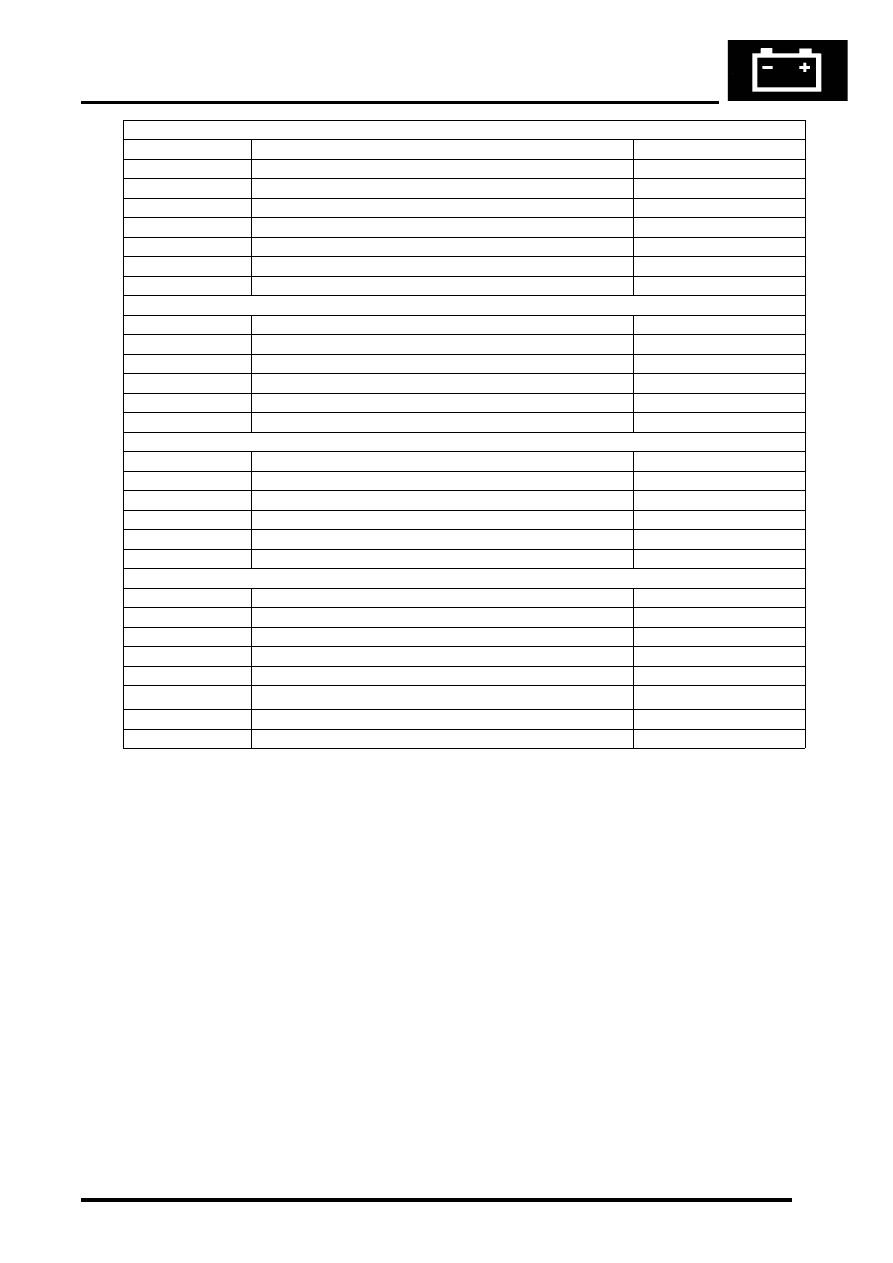Discovery 2. Manual - part 337

IN CAR ENTERTAINMENT
DESCRIPTION AND OPERATION
86-6-9
Inputs and outputs
The radio cassette player receives a mute signal from the telephone system if a call is received, when the call finishes
the mute is removed and the system resumes play. Inputs are also received from the steering wheel control system
(mid line and high line sytems). When the system is turned on, the high line systems radio cassette player:
l
sends a 'power on enable' to the power amplifier
l
sends an 'enable' signal to the radio headphone amplifiers.
On the high line system the radio cassette player also sends and receives signals from the CD-autochanger and rear
headphone amplifiers (if fitted). On high line systems the radio cassette player sends audio signals to the power
amplifier.
Remote radio steering wheel controls (midline and high line systems)
The remote radio control switch is located on the LH side of the steering wheel and is secured with two screws. The
wiring from the remote radio control switch plugs in to a connector that is part of the steering wheel rotary coupler.
Operation of the remote radio control switches allow the driver to control the ICE without releasing the steering wheel.
Volume, mode and selection functions can be carried out using the steering wheel mounted control switches. Control
inputs from the remote radio control switches are sent to the radio cassette player.
C0098
1
Telephone mute
Input
2
Steering wheel remote radio controls
Input
3
Steering wheel remote radio controls
Output
4
Permanent battery feed
Input
5
System enable
Output
6
Illumination
Input
7
Auxilary feed
Input
8
Earth
Input
C0921 (high line systems)
1
Radio headphone left channel
Output +
2
Radio headphone right channel
Output +
3
Telephone audio
Input +
4
Radio headphone left channel
Output -
5
Radio headphone right channel
Output -
6
Telephone audio
Input -
C0922 (high line systems)
7
Radio headphone active
Input
8
I-BUS communications
Input/Output
9
Audio amplifier spatial imaging enable
Output
10
Radio headphone LH remote control
Input
11
Radio headphone RH remote control
Input
12
Headphone remote controls feed
Output
C1354 (high line systems)
13
CD-autochanger audio left channel
Input +
14
CD-autochanger audio right channel
Input +
15
CD-autochanger audio earth
Output
16
CD-autochanger audio left channel
Input -
17
CD-autochanger audio right channel
Input -
18
Not Used
19
CD-autochanger I-BUS communications link
Input/Output
20
CD-autochanger permanent feed
Output